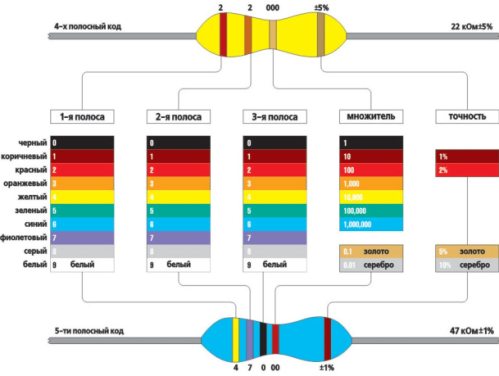Resistors - types and diagram designations
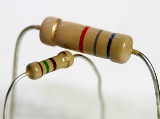 Anyone who works with electronics or has ever seen an electronic circuit board knows that almost no electronic device is complete without resistors.
Anyone who works with electronics or has ever seen an electronic circuit board knows that almost no electronic device is complete without resistors.
The function of a resistor in a circuit can be completely different: limiting current, dividing voltage, dissipating power, limiting the time it takes to charge or discharge a capacitor in an RC circuit, etc. In one way or another, each of these resistor functions is feasible due to the main property of the resistor — its active resistance.
The word «resistor» itself is the reading of the English word in Russian «Resistor», which in turn comes from the Latin «resisto» - I resist. Constant and variable resistors are used in electrical circuits, and the topic of this article will be an overview of the main types of constant resistors, in one way or another, found in modern electronic devices and on their circuits.
Maximum power dissipated by the resistor
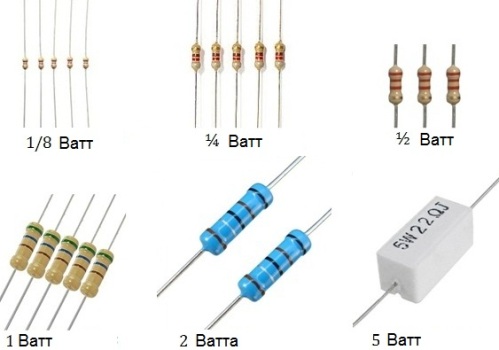
First of all, fixed resistors are classified according to the maximum power dissipated by a component: 0.062 W, 0.125 W, 0.25 W, 0.5 W, 1 W, 2 W, 3 W, 4 W, 5 W, 7 W, 10 W, 15 W, 20 W, 25 W, 50 W, 100 W and more, up to 1 kW (special application resistors).
This classification is not accidental, because depending on the purpose of the resistor in the circuit and the conditions under which the resistor must work, the power dissipated on it should not lead to the destruction of the component itself and nearby components, i.e. in extreme cases, the resistor must heat up from passing current and be able to dissipate the heat.
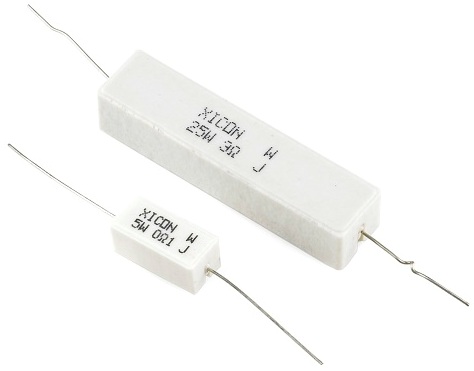
For example, Ceramic resistor filled with cement SQP-5 (5 watts) nominal 100 Ohm already at 22 volts DC voltage, applied for a long time to its terminals, it will heat up to more than 200 ° C and this must be taken into account.
So, it is better to choose a resistor with the required rating, say for the same 100 ohms, but with a reserve of maximum power dissipation, say, 10 watts, which under normal cooling conditions will not heat up above 100 ° C — it will be less dangerous to an electronic device.
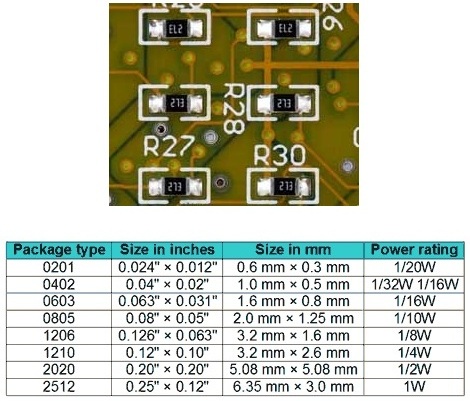
SMD surface mount resistors with maximum power dissipation of 0.062 to 1 watt—also found on printed circuit boards today. Such resistors, as well as output resistors, are always taken with power reserve. For example, in a 12-volt circuit, to increase the potential to the negative rail, you can use a 100 kOhm SMD resistor of standard size 0402. Or an output resistor of 0.125 W, since the power dissipation will be tens of times farther than the maximum allowable .
Wired and wireless resistors, precision resistors
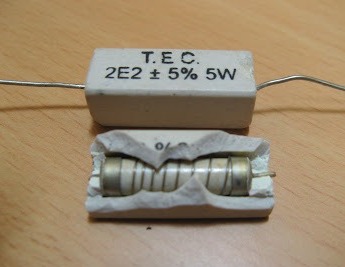
Resistors are used differently for different purposes.For example, it is not advisable to put a wire wound resistor in a high frequency circuit, but for an industrial frequency of 50 Hz or a constant voltage circuit, a wired one is sufficient.
Wire resistors made by winding manganin, nichrome or constantan wire on a ceramic or powder frame.
High resistance These alloys allow obtaining the required resistor rating, but despite the bifilar winding, the parasitic inductance of the component still remains high, which is why teleresistors are not suitable for high-frequency circuits.
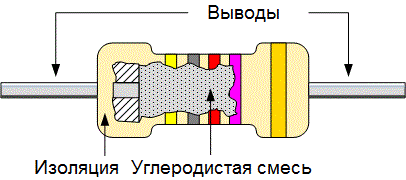
Wireless resistors They are made not of wire, but of conductive films and mixtures based on a connecting dielectric. Thus, thin-film (based on metals, alloys, oxides, metal-dielectrics, carbon and boron-carbon) and composite (film with inorganic dielectric, bulk and film with organic dielectric).
Wireless resistors are often high-precision resistors that are characterized by high parameter stability, capable of operating at high frequencies, in high-voltage circuits, and inside microcircuits.
Resistors are generally classified into general purpose and special purpose resistors. General purpose resistors come in ohms to tens of megohms. Special purpose resistors can be rated from tens of megohms to units of teraohms and can operate at voltages of 600 volts or more.
Special high-voltage resistors can work in high-voltage circuits with voltages of tens of kilovolts. High-frequency ones can operate at frequencies up to several megahertz because they have extremely small inherent capacitances and inductances.Precision and ultra-precision are characterized by estimation accuracy of 0.001% to 1%.
Ratings and markings of resistors
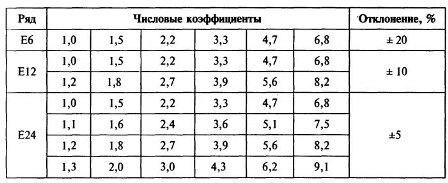
Resistors come in different ratings and there are so-called resistor series, for example the widely used E24 series. In general, there are six standardized series of resistors: E6, E12, E24, E48, E96 and E192. The number after the letter «E» in the name of the series reflects the number of nominal values per decimal interval, and in E24 these values are 24.
The value of the resistor is indicated by a number in the series multiplied by 10 to the power of n, where n is a negative or positive integer. Each row is characterized by its own tolerance.
Color coding of terminal resistors in the form of four or five stripes has long become traditional. The more bars, the higher the accuracy. The figure shows the principle of color coding of resistors with four and five stripes.
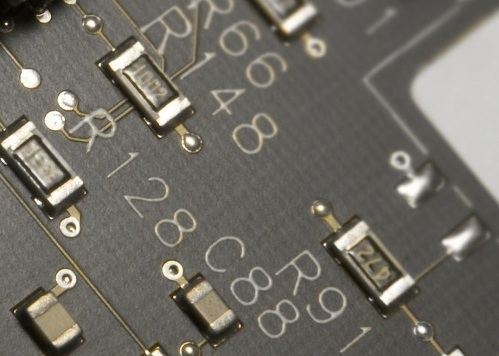
Surface mount resistors (SMD resistors) with tolerances of 2%, 5% and 10% are marked with numbers. The first two digits of the three form a number that must be multiplied by 10 to the power of the third number. To indicate a decimal point, the letter R is placed in its place. The marking 473 means 47 times 10 to the power of 3, that is, 47×1000 = 47 kΩ.
SMD resistors starting from frame size 0805, with a tolerance of 1%, have a four-digit marking, where the first three are the mantissa (the number to be multiplied) and the fourth is the power of the number 10 by which the mantis is to be multiplied, to obtain the nominal value. So 4701 means 470×10 = 4.7 kΩ. To denote a point in a decimal fraction, put the letter R in its place.
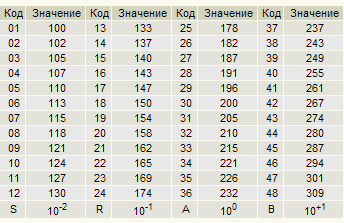
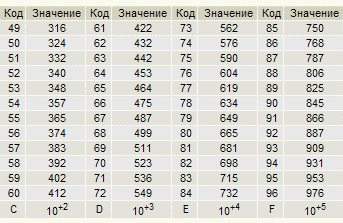
When marking SMD resistors of standard size 0603.two numbers and one letter are used. The numbers are the code for the definition of the praying mantis, and the letters are the code for the indicator of the number 10, the second factor. 12D means 130×1000 = 130 kΩ.
Identifying resistors in diagrams
On diagrams, resistors are indicated by a white rectangle with a label, and the label sometimes contains both information about the resistor's rating and information about its maximum power dissipation (if critical to a given electronic device). Instead of a decimal point, they usually put the letter R, K, M — if we mean Ohm, kOhm and MOhm, respectively. 1R0 — 1 Ohm; 4K7 — 4.7 kΩ; 2M2 — 2.2 MΩ, etc.
More often in schematics and boards, the resistors are simply numbered R1, R2, etc., and in the documentation accompanying the schematic or board, a list of components is given with these numbers.
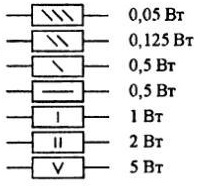
As for the power of the resistor, on the diagram it can be indicated with an inscription literally, for example, 470 / 5W — means — 470 Ohm, 5 watts resistor or a symbol in a rectangle. If the rectangle is empty, then the resistor is taken not very powerful, that is, 0.125 — 0.25 watts, if we are talking about an output resistor, or a maximum size of 1210, if an SMD resistor is selected.

